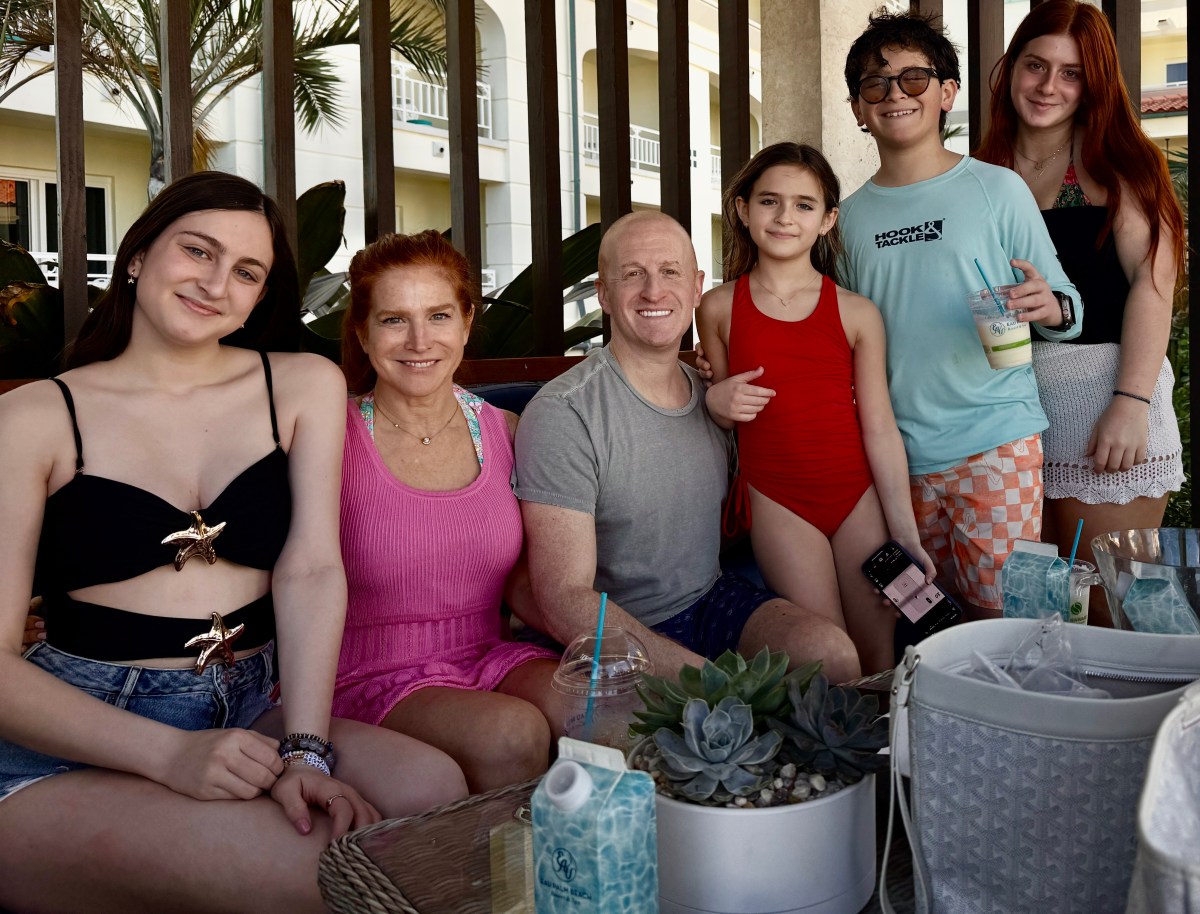Student Films Impress at Guild Hall

It’s hard to believe that the Annual Student Film Project is in its 10th year. Sponsored by Guild Hall, the competition is part of the Student Art Exhibit, which has been around for a whole lot longer. While film once played an important role in art programs throughout the United States (especially animation) during the 1960s, such a phenomenon was short lived. That’s why we are especially fortunate that it’s still flourishing here in both public and private schools alike.
This year’s entries continue the tradition of creative and ambitious content, along with technological expertise. Yes, some of the films could use cutting and perhaps a bit of clarity, but such observations seem irrelevant when the filmmakers are 8-year-olds. In fact, we can’t even criticize the shaky cameras. You’d be surprised how many Hollywood movies today use hand-held (shaky) cameras as an intentional aesthetic tool. No matter if our third graders don’t use this particular technique on purpose. A shaky camera is a shaky camera. The effect is often the same.
Speaking of techniques, all the images were clear; music, dialogue and sound effects were appropriate and distinct as well. In a nutshell, these were not home movies: what a great tribute to the students and staff.
While all the films deserve special attention, some need additional commentary. In the Grade 2-4 category, consider A Happy Ending by Clio Halweil and Shayla Lopez. It was the most “artful” project, featuring an animated image of a beach scene with figures moving about; the setting itself appeared to be created from tissue paper. Other animated films were equally enjoyable, one called Baseball by Kimberly Bermeo and Charley Burge, and another titled Crayon by Noah Topliff where crayons were arranged in diverse patterns.
Live action films were plentiful, too, with students from the Springs School interviewing pupils and staff about varied subjects. Each of these movies covered such subjects as What Do You Like About Your Parents? and What’s the Best Thing That Happened to You? The topics were especially creative and thought-provoking, motivating the participants to be serious. Such films could also stimulate classroom discussions.
The six works from Grades 9-12 were obviously more complicated and longer. A few had a plot while others were documentaries or animated. Jani Gruen’s non-fiction film, Remember, was an especially moving tribute to the plight of the Jews in World War II. It featured archival footage and what appeared to be live interviews with Holocaust survivors. We may have seen some of the archival images before, but Gruen’s diligence and passion were outstanding.
Tony and Bella’s Adventure by Riko Kawahara showed as much hard work and intention, but as an animated film, it was cheerful and lighthearted. It would have made a good lesson for young children learning the alphabet. Finally, Time by Brian Pucci represented the only conceptual movie, juxtaposing various black and white images dealing with kinds of time, including accelerated motion. The cinematography was particularly noteworthy: the lighting, editing and composition contributing to the elegant effect.
A screening of these and other films in the Student Film Competition will be held at East Hampton’s Guild Hall, 158 Main Street, on April 14 at 6:30 p.m. Admission is free. guildhall.org



